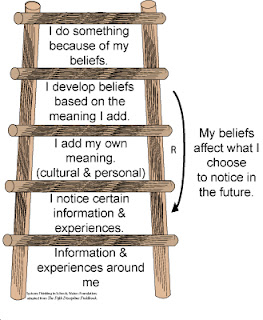There are three leadership styles - authoritarian, democratic and laissez-faire.
Authoritarian -
This style is used when leaders tell their employees what they want done and how they want it accomplished, without getting the advice of their followers. Some of the appropriate conditions to use it is when you have all the information to solve the problem, you are short on time, and your employees are well motivated.
Democratice -
This style involves the leader including one or more employees in the decision making process (determining what to do and how to do it). However, the leader maintains the final decision making authority. Using this style is not a sign of weakness, rather it is a sign of strength that your employees will respect.
Laissez-faire -
In this style, the leader allows the employees to make the decisions. However, the leader is still responsible for the decisions that are made. This is used when employees are able to analyze the situation and determine what needs to be done and how to do it. You cannot do everything! You must set priorities and delegate certain tasks.
My leadership style - democratic
"The growth and development of people is the highest calling of leadership." Harvey S. Firestone























